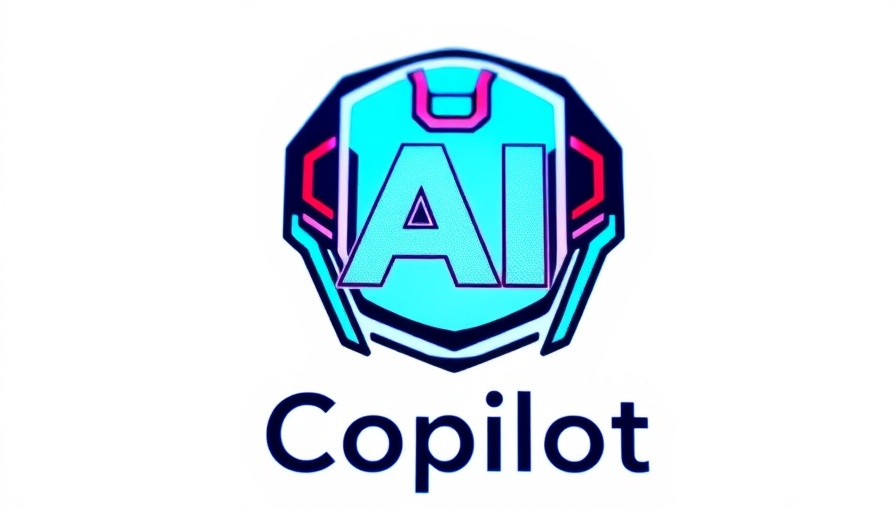
Tracing the Rising Influence of AI Copilots in Enterprises
The advent of AI copilots has reshaped the enterprise landscape, catalyzing improvements in productivity, user experience, and decision-making. However, this rapid integration has not come without its share of complexities. As organizations increasingly adopt AI-powered tools like Microsoft AI Copilot, a looming concern emerges: the potential security risks associated with unfettered data access.
Navigating the Tug-of-War: CIOs vs. CISOs
In the push towards widespread incorporation of AI solutions, a distinct divide has emerged between the roles of Chief Information Officers (CIOs) and Chief Information Security Officers (CISOs). CIOs champion the use of AI tools to escalate efficiency and streamline operations, while CISOs raise alarms about the security implications of these technologies. The discord between these two roles can be particularly pronounced when the urgency for productivity collides with the need for robust data protection protocols.
Understanding the Security Implications
AI copilots necessitate unprecedented levels of data access for effective functionality. An AI-driven HR tool, for instance, needs to tap into sensitive employee data, benefits information, and performance records. While this data access enhances service delivery, it also poses significant risks. In one notable incident involving Microsoft’s AI Copilot, employees gained access to private emails and sensitive documents, underscoring the potential danger of inadequate access restrictions.
Moreover, issues arise surrounding the inadvertent sharing of sensitive company data with AI tools. A striking example occurred when Samsung employees unintentionally leaked confidential code through ChatGPT, prompting the company to impose strict limitations on the use of generative AI tools. With such risks highlighted, organizations face the complex challenge of leveraging AI copilots while effectively mitigating data vulnerabilities.
Finding Common Ground: Practical Steps to Align Strategies
Despite their contrasting objectives, establishing effective communication channels between CIOs and CISOs is crucial for fostering a collaborative environment that prioritizes both efficiency and security. Here are some actionable insights:
- Regular Cross-Disciplinary Meetings: Encourage regular discussions between CIOs and CISOs to assess risks, share insights, and align strategies about AI tools’ implementation.
- Policy Development: Create robust data access policies that safeguard sensitive information while enabling employees to utilize AI copilots effectively.
- Training Programs: Implement training sessions that educate employees about the potential risks of using AI tools and establish clear guidelines for responsible usage.
Responding to the Future of AI and Security
As the reliance on AI copilots continues to grow, organizations must proactively re-evaluate their strategies to deal with emerging trends and challenges. Investing in advanced cybersecurity measures and adopting best practices can help mitigate risks while allowing companies to harness AI’s potential. Collaboration between CIOs and CISOs not only drives innovation but also fosters an organizational culture of security awareness amidst the transformative landscape of AI technologies.
Conclusion: Embracing AI with Caution
The integration of AI copilots presents an exciting opportunity for businesses aiming for efficiency. However, leaving security considerations unchecked can lead to severe repercussions. By bridging the gap between different organizational roles and fostering a culture of communication, organizations can successfully navigate the complexities of AI adoption. As companies race towards a future imbued with AI tools, meticulous attention to securing data and employee education remains imperative.
 Add Row
Add Row  Add
Add 




 Add Row
Add Row  Add
Add 

Write A Comment